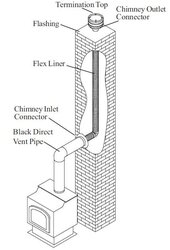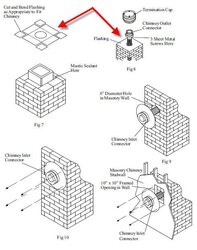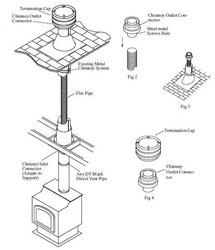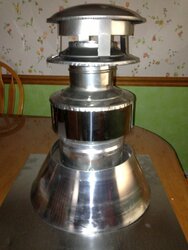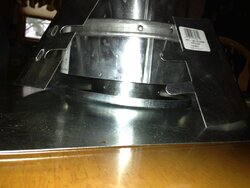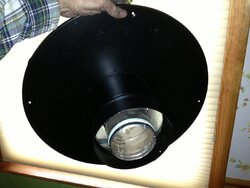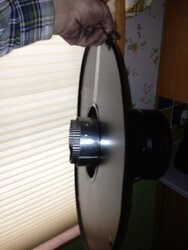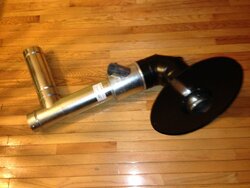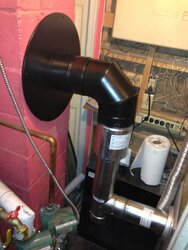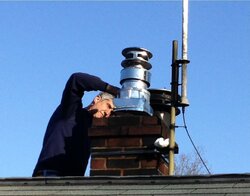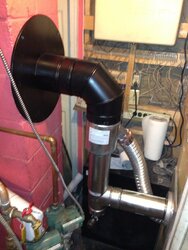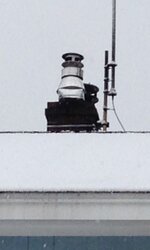Hello
Just found this sheet on the DT conversion kit. Looks like a great way of drawing in pre-heated burn air thru a 6 or 8 inch metal chimney Or a masonary chimney!
Does adding the flashing at the top of the masonary chimney keep the heat in for the Intake Air? See red arrows in pic2
Looks like a minimum 6x6 inch chimney is needed.
IMPORTANT: The existing masonry flue opening needs
to have an area of at least 35-square inches to insure
proper intake/exhaust flow.
I have an 8x8 block chimney
http://www.dynamitebuys.com/store/pdf/Selkirk-Direct-Temp-Installation-Supplement-Conversion.pdf
Two different types of direct vent conversion systems
are described here. One is through an existing factory
built metal chimney going through the ceiling. The other
is through the wall of an existing masonry chimney. Follow
the appropriate directions for your situation.
4DT-CCK (Factory-Built Chimney Conversion Kit) -- for metal chimneys
4DT-MCK (Masonry Chimney Conversion Kit) -- for block or masonary chimneys
Pic1 & 2 - Conversion Kit used for Adapter for Masonary Chimney
Pic3 - Conversion Kit used for Metal Chimney
click on pics to enlarge.
Just found this sheet on the DT conversion kit. Looks like a great way of drawing in pre-heated burn air thru a 6 or 8 inch metal chimney Or a masonary chimney!
Does adding the flashing at the top of the masonary chimney keep the heat in for the Intake Air? See red arrows in pic2
Looks like a minimum 6x6 inch chimney is needed.
IMPORTANT: The existing masonry flue opening needs
to have an area of at least 35-square inches to insure
proper intake/exhaust flow.
I have an 8x8 block chimney
http://www.dynamitebuys.com/store/pdf/Selkirk-Direct-Temp-Installation-Supplement-Conversion.pdf
Two different types of direct vent conversion systems
are described here. One is through an existing factory
built metal chimney going through the ceiling. The other
is through the wall of an existing masonry chimney. Follow
the appropriate directions for your situation.
4DT-CCK (Factory-Built Chimney Conversion Kit) -- for metal chimneys
4DT-MCK (Masonry Chimney Conversion Kit) -- for block or masonary chimneys
Pic1 & 2 - Conversion Kit used for Adapter for Masonary Chimney
Pic3 - Conversion Kit used for Metal Chimney
click on pics to enlarge.


